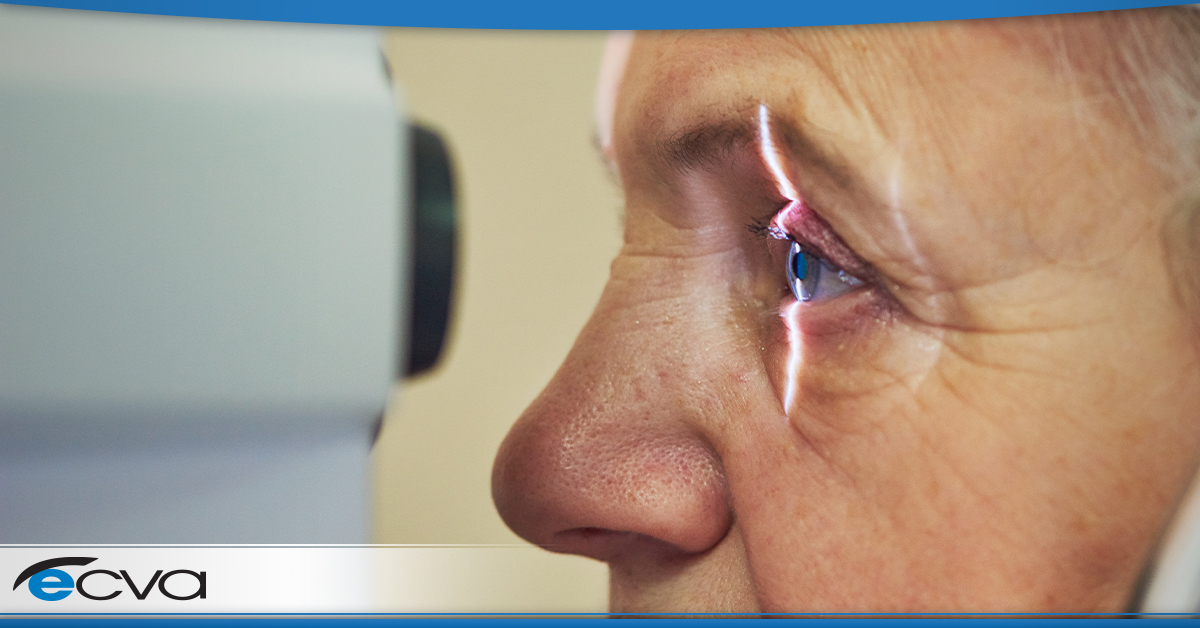Glaucoma is an eye condition that can rob a person of their sight. It is the second-leading cause of blindness in the world, and about 3 million Americans suffer from it.
While African Americans are most at risk of developing glaucoma, with about six percent having it by age 69, anyone could have it. The occurrence rate increases dramatically with age, ultimately impacting every demographic.
If you would like to learn more about glaucoma, here’s what you need to know.
What Is Glaucoma?
There are several kinds of glaucoma. The most common version is open-angle glaucoma, where fluid doesn’t pass properly through various portions of the eye. This leads to a pressure increase, which, over time, damages the optic nerve.
With open-angle glaucoma, the process can be slow, but there are no early warning signs. About 50 percent of those with the condition don’t realize they have it until they begin to lose their vision. However, it is possible to catch it early with regular screenings and proper eye care.
With closed-angle glaucoma, the situation develops more quickly. The iris shifts, blocking the drain angle and leading to rapid fluid buildup. Vision gets blurry suddenly, and severe eye pain, headaches, nausea, and vomiting can all occur. Additionally, halos or rainbow-colored rings may be visible around light sources.
Closed-angle glaucoma requires immediate treatment. Otherwise, blindness can occur quickly.
What Are Risk Factors for Glaucoma?
Generally, those with the highest risk of developing glaucoma are African Americans over 40 years of age, anyone who is over 60 years of age, anyone with a family history of glaucoma, and individuals with diabetes. Overall, African Americans are up to eight times more likely to develop glaucoma, while people with diabetes are twice as likely as those without diabetes.
Anyone suffering from heart disease or high blood pressure may also be at increased risk. Similarly, certain eye conditions, like retinal detachments or tumors, may lead to glaucoma. Severe trauma can cause alter eye structures, potentially causing glaucoma to develop, as well.
Certain medications may also increase the chance of getting glaucoma. For example, prolonged corticosteroid use can cause someone to get secondary glaucoma as a side effect.
Getting Screened for Glaucoma
Open-angle glaucoma is a progressive condition. By getting your eyes checked regularly by an ophthalmologist or optometrist, they can look for signs of the disease before significant damage occurs.
Along with gathering a patient history, they can perform visual acuity tests, use tonometry and pachymetry to measure eye pressure and corneal thickness, respectively, and conduct scans or the optic nerve to look for damage. If they determine you have glaucoma, they can take action to preserve your vision, including prescribing medications or performing surgery, depending on how your condition presents.
While there is no cure for glaucoma, it can be managed. By catching it early, your chances of retaining your visual acuity go up dramatically. If you haven’t been screened for glaucoma recently or are experiencing any changes in visual acuity, it’s best to see your eye doctor as soon as possible.
We’re Helping You See More Clearly
Our team works diligently to care for our patients’ eyes, including screening for and treating glaucoma. If you want to ensure your eyes are as healthy as possible, schedule an appointment at your closest ECVA clinic.







